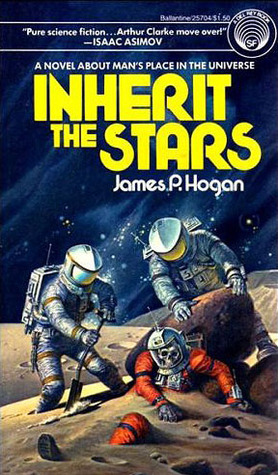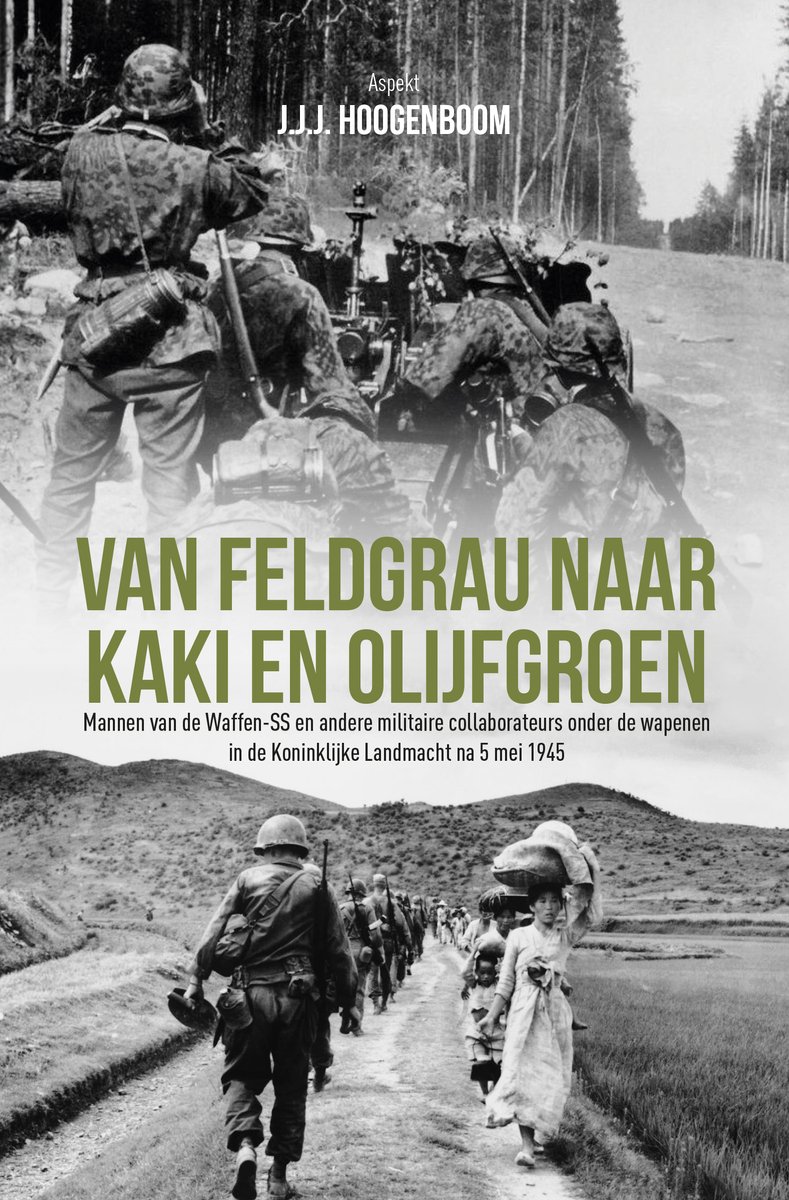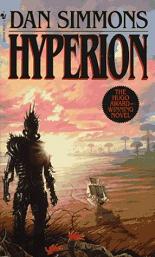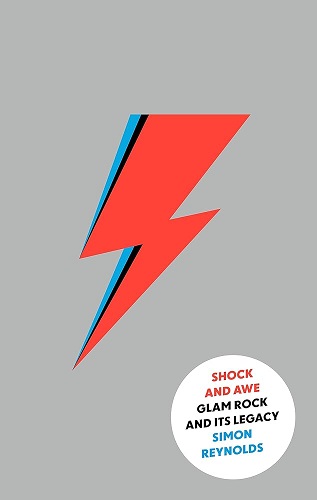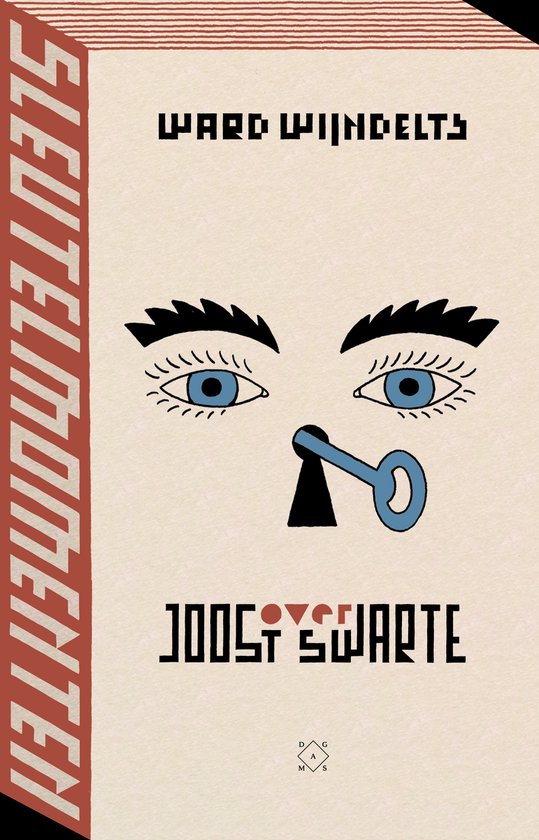
Sleutelmomenten: Joost Swarte
Ward Wijndelts
223 pages
published in 2024
Joost Swarte is the Netherlands’ internationally most famous cartoonist, whose work has been translated from Dutch into English, French and other languages since the seventies. His Modern Papier series was, together with Tante Leny Presenteert the first Dutch underground comic, but he also did work for Dutch school magazine Jippo at the same time. Organiser of the 1977 Herge exhibition in Rotterdam, he coined the term “De Klare Lijn/Ligne Claire/Clear Line” for the art style practised by Herge and similar artists like Bob de Moor and Edgar Jacobs. This is also the style Swarte uses for his own comics, in a more ironic, satirical fashion that fitted the more cynical seventies. Not just content with being a cartoonist, he designed a series of charity stamps for the Dutch post office in the eighties and later on would collaborate with an architectural office to design a new theatre building in Haarlem. There he also founded the bi-annual Haarlem Stripfestival. In more recent years he started working for The New Yorker. More than enough material to write a biography about him therefore.
Yet as the title, Sleutelmomenten (Key Moments) already indicates, this is not a true biography of Joost Swarte. Rather, it’s a guided tour past the defining moments of his life, as put to paper by a sympathetic and largely uncritical writer. As he explains in the post-script, Wijndelts has based this book almost exclusively on a series of conversations with Swarte, so it’s his perspective and memory we see this moments through. Which means that what Wijndelts writes about is not necessarily what happened, but rather what Joost Swarte remembered happening, or even what he wishes to remember about what happened. Some of the moments represented here are also so well known and oft retold that what we get here is Joost Swarte retelling events that have become well worn anecdotes. But is this a problem?
If you read this as uncritically as Wijndelts has seemingly written it, it might be. But if you treat it as what it is, a semi-autobiographical trip down memory lane by Swarte there’s still a lot of value to be found in this. Especially in the first half of Sleutelmomenten, which is about Swarte’s youth, his first steps into making comics himself as well as the people who inspired him. Swarte across over as somebody who was only ever good at doing the things that genuinely interested him, intelligent but without the temperament to do well in school. He has a supportive family who encourages him to take art classes as a child. Once he finishes high school and becomes a student, there was still the liberty to, well, faff about at university without needing to finish your education according to the strict timelines that would’ve been expected today. Without this support from both family and society as a whole Swarte may have never become the artist he was.
Once the book moves into more familiar territory, as Swarte debuts as a comics artist, things become a little less interesting. Most of what Wijndelts writes about you’d already would’ve known if you’re interested in Swarte and his career, largely following the line I sketched in the introductory paragraph above. The exception is with his later, non-comics work, like his design of the Toneelschuur building in Haarlem. This is an aspect of Swarte’s career that’s less well known, especially outside of the Netherlands, so it’s good to see it included here. Wijndelts is a good enough writer that even the chapters retelling already well known stories remain entertaining and occasionally unearth a new nugget of information. New to me e.g. was that in 1983 Swarte was asked by Martin Lodewijk to develop a detective series for a Dutch magazine; nothing in the end came of it.
Sleutelmomenten therefore is a slight, entertaining look at the life of one of The Netherlands greatest comics talents. Worth reading, but a true biography of Swarte is, as Wijndelts himself also admits, still sorely needed.
